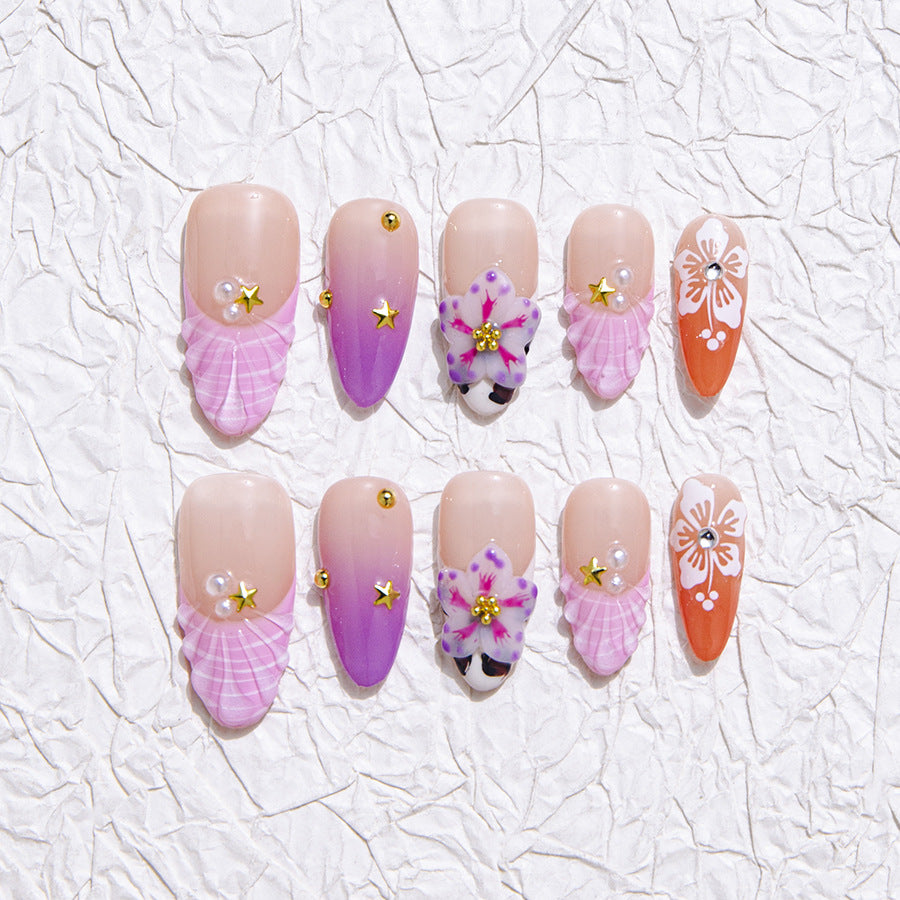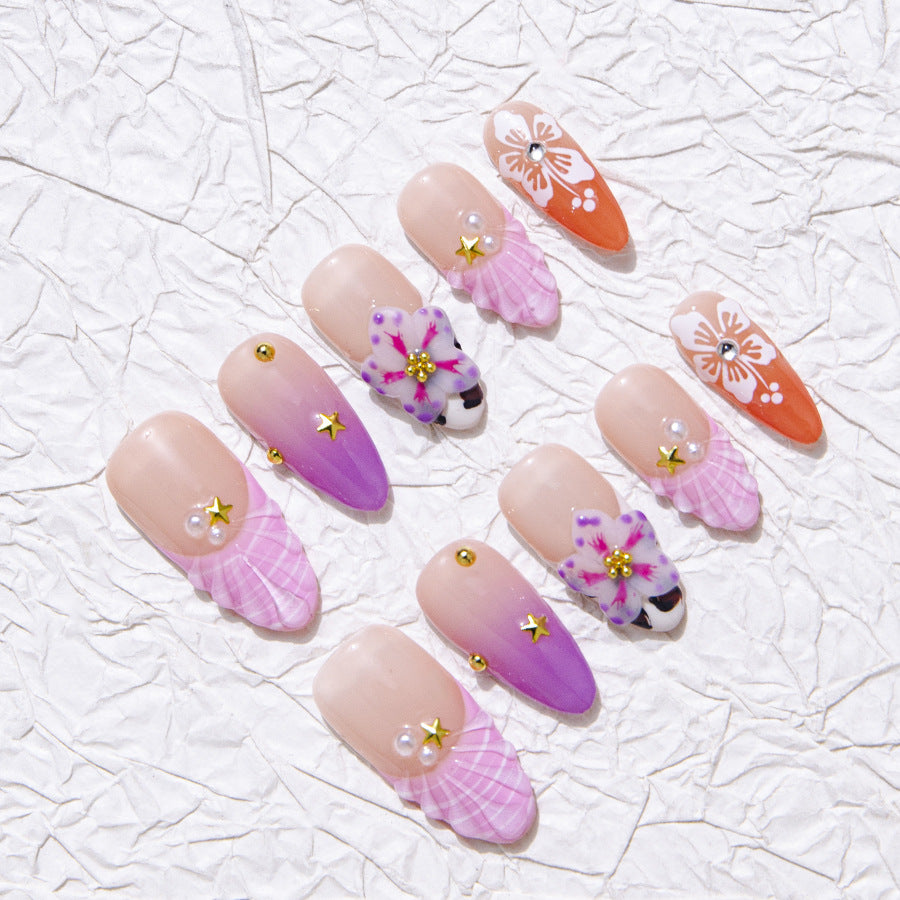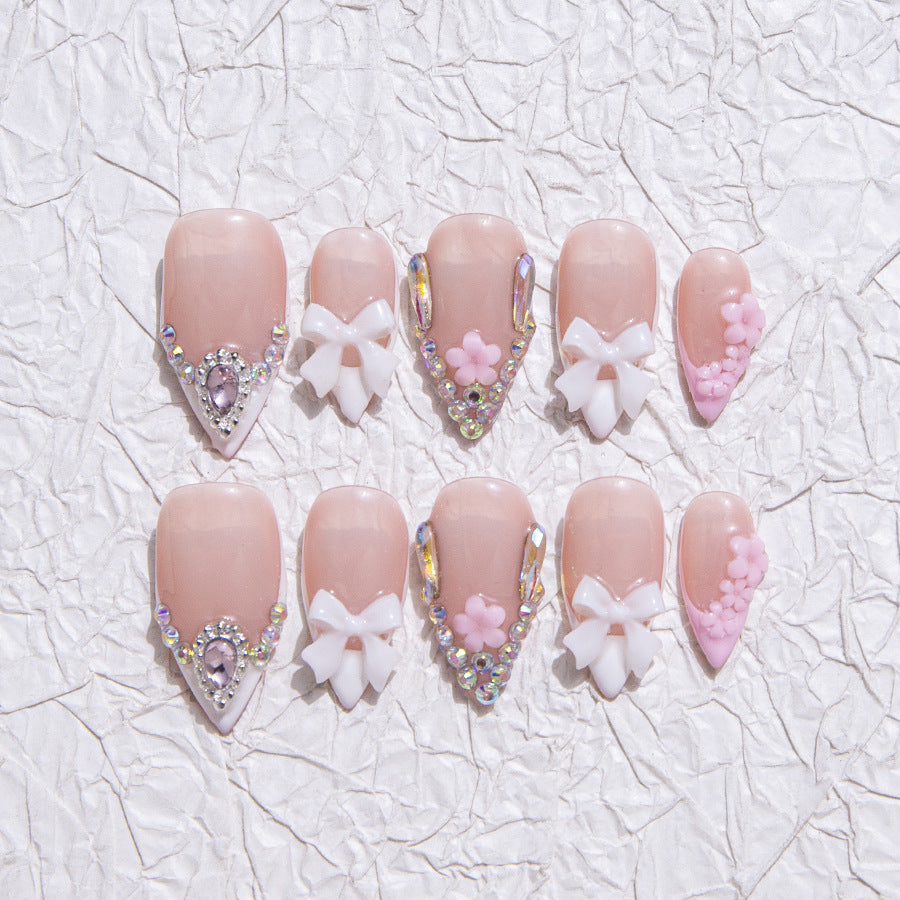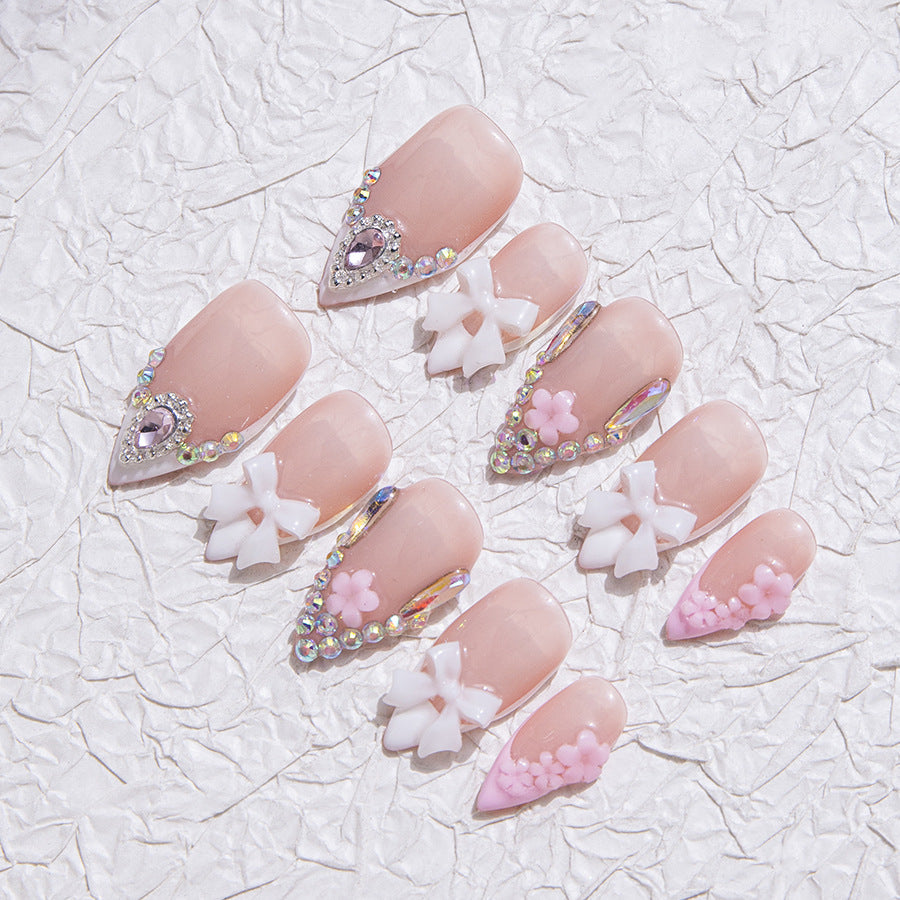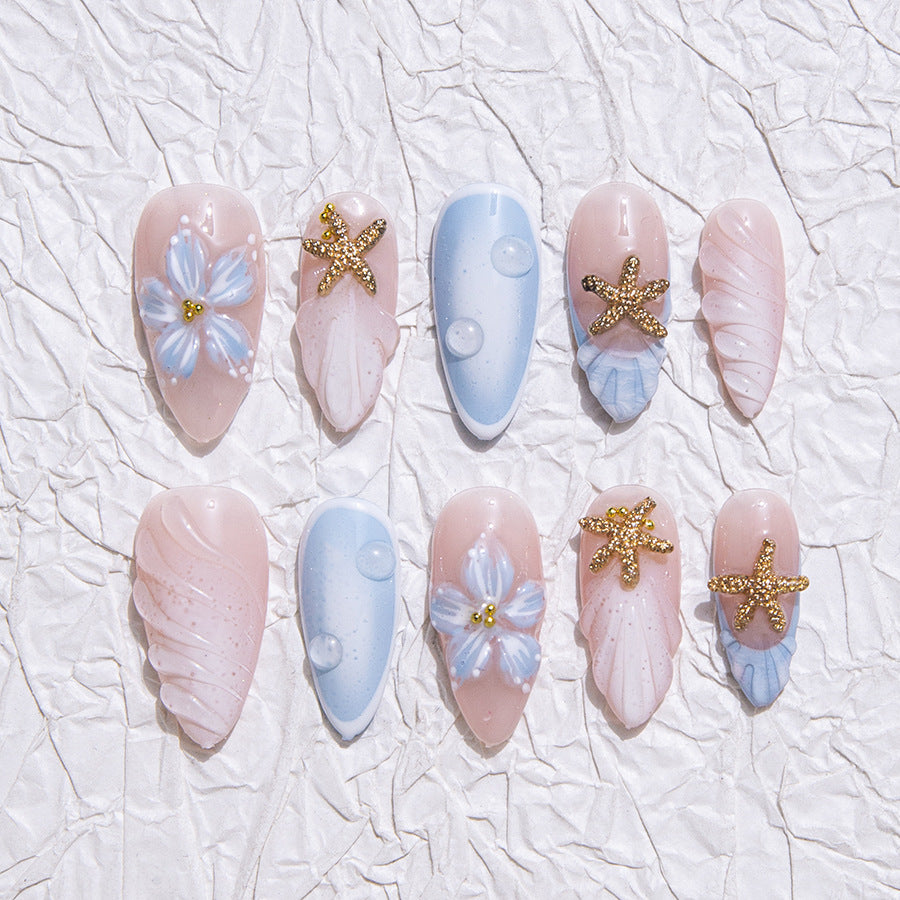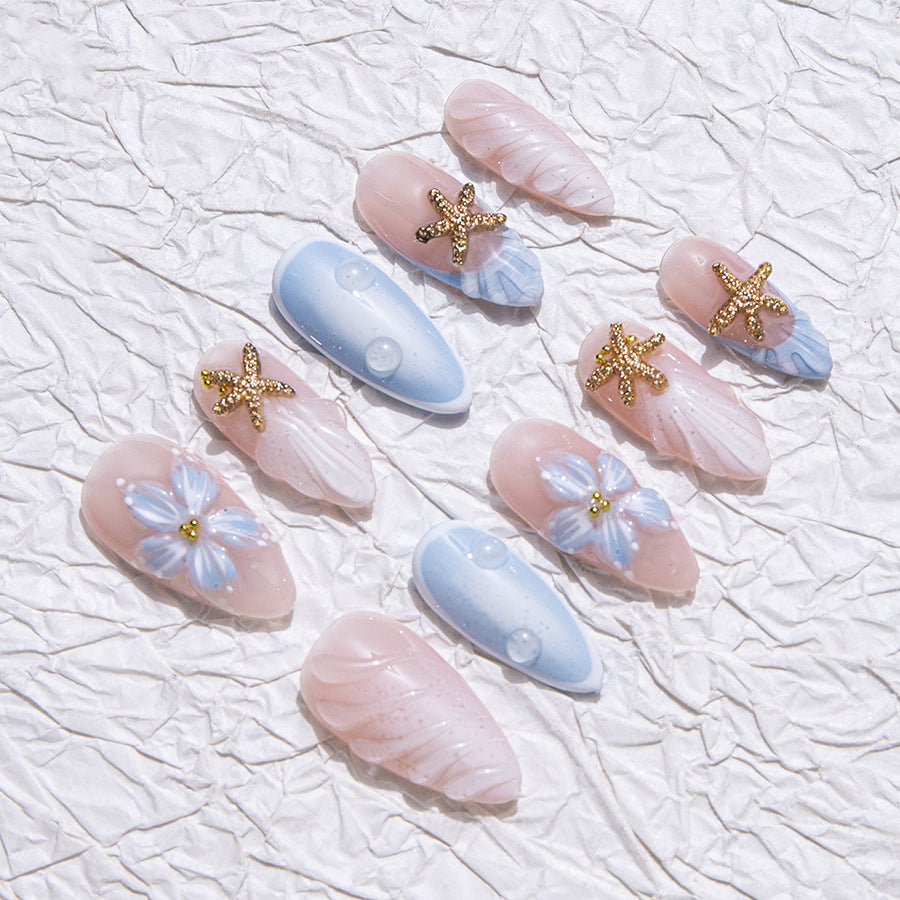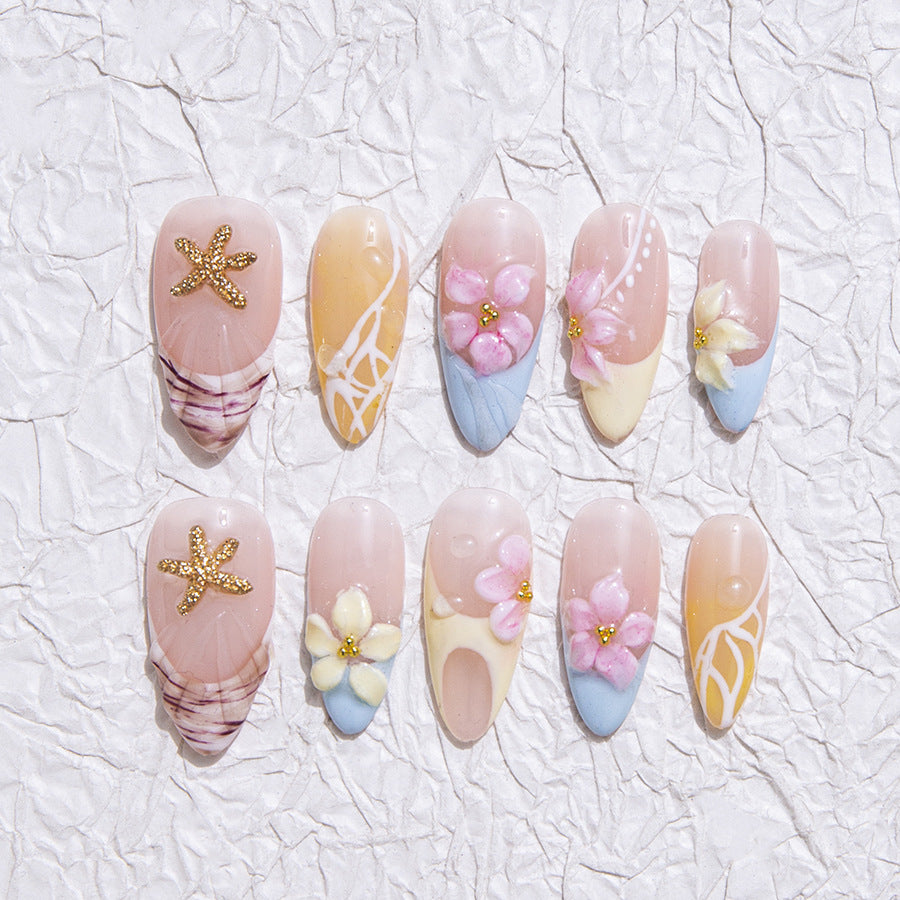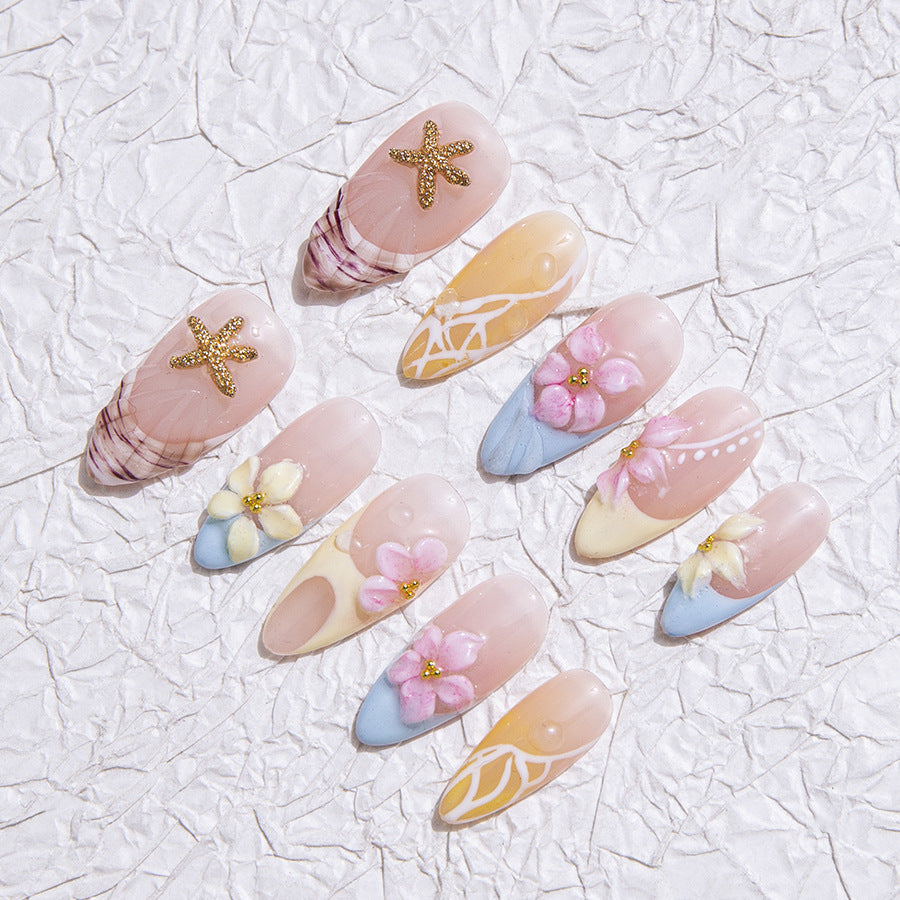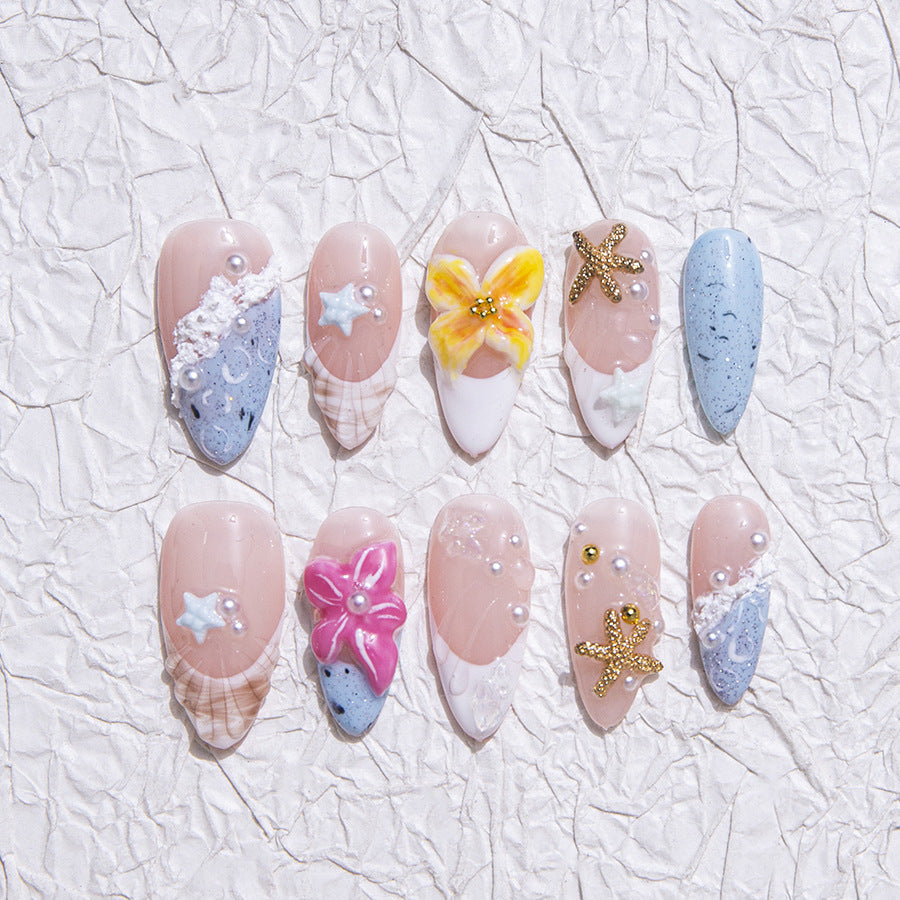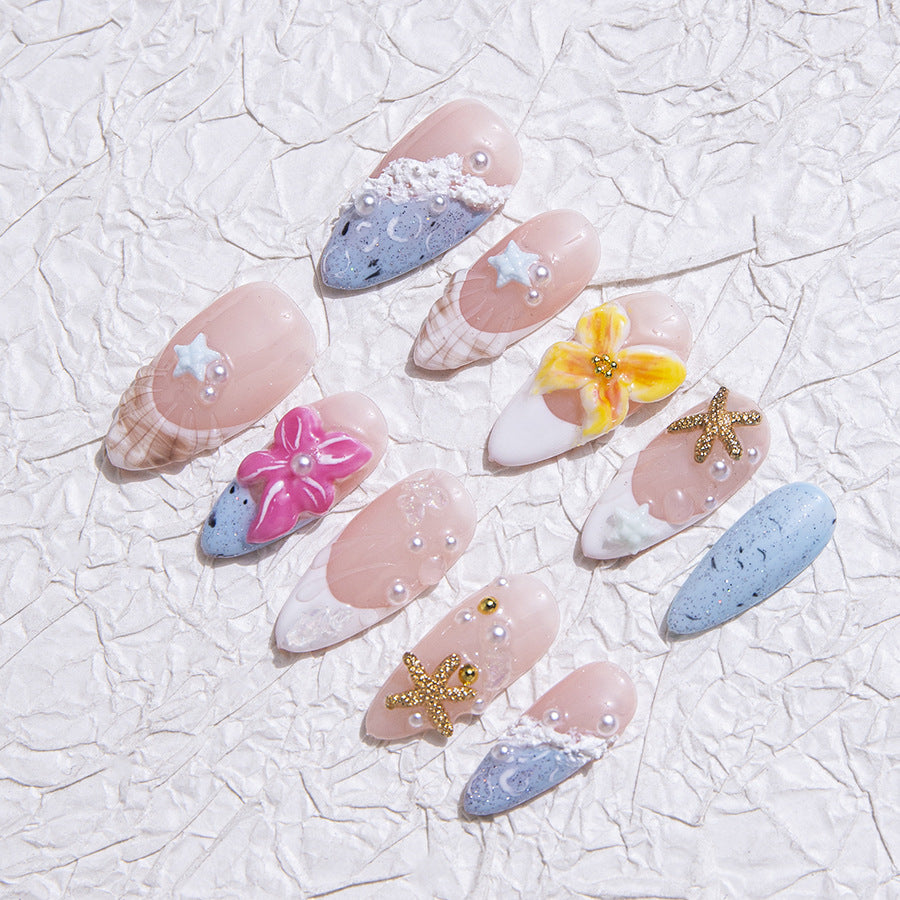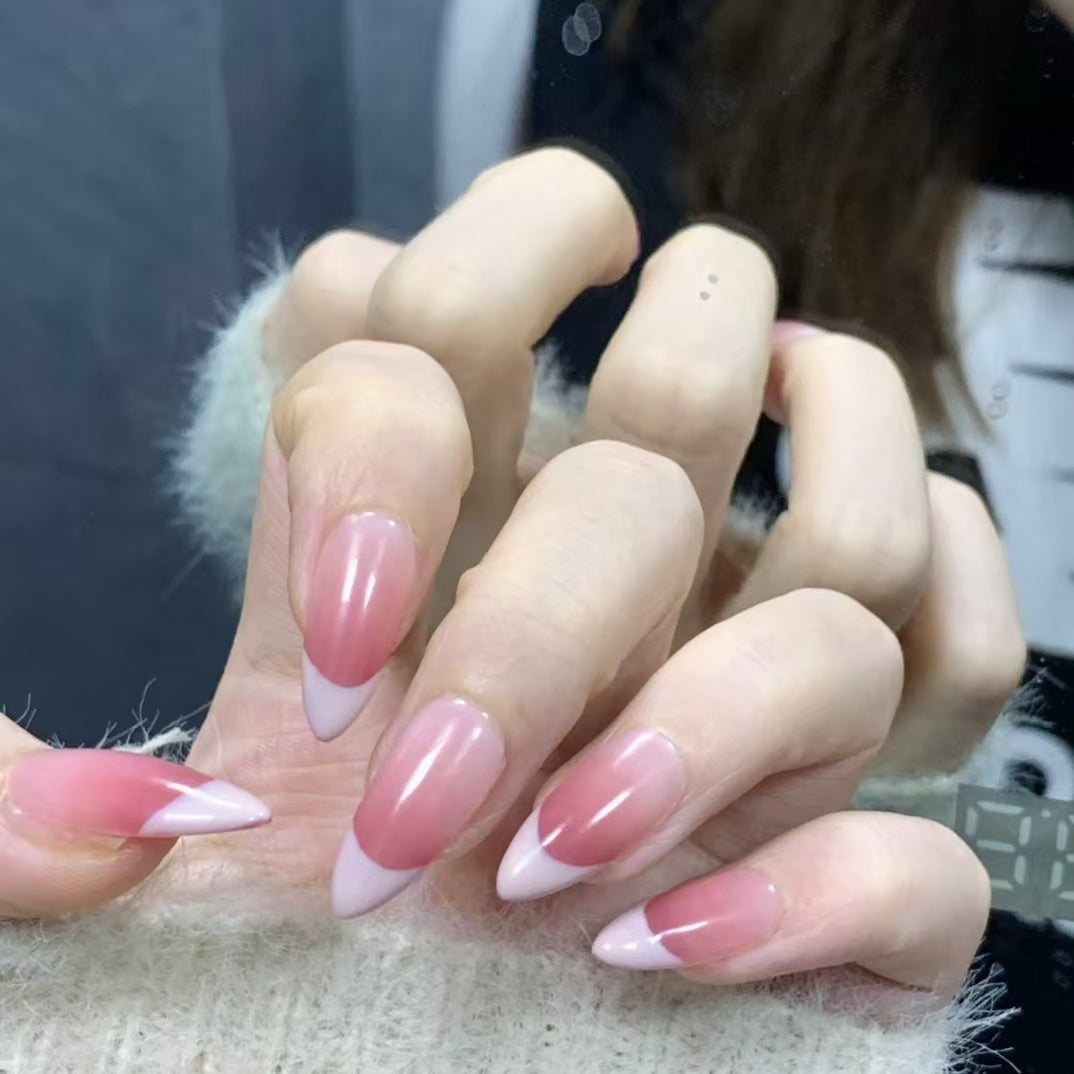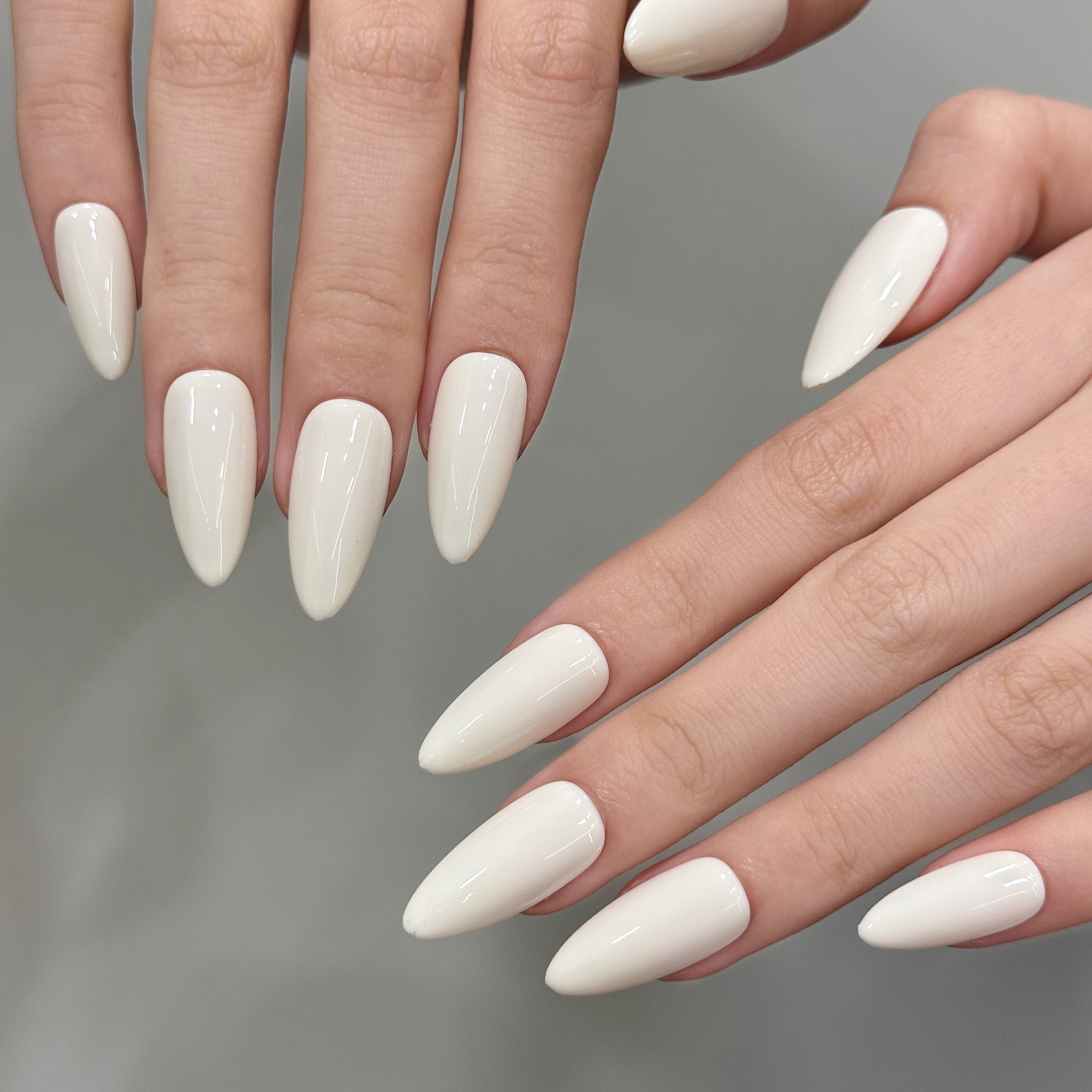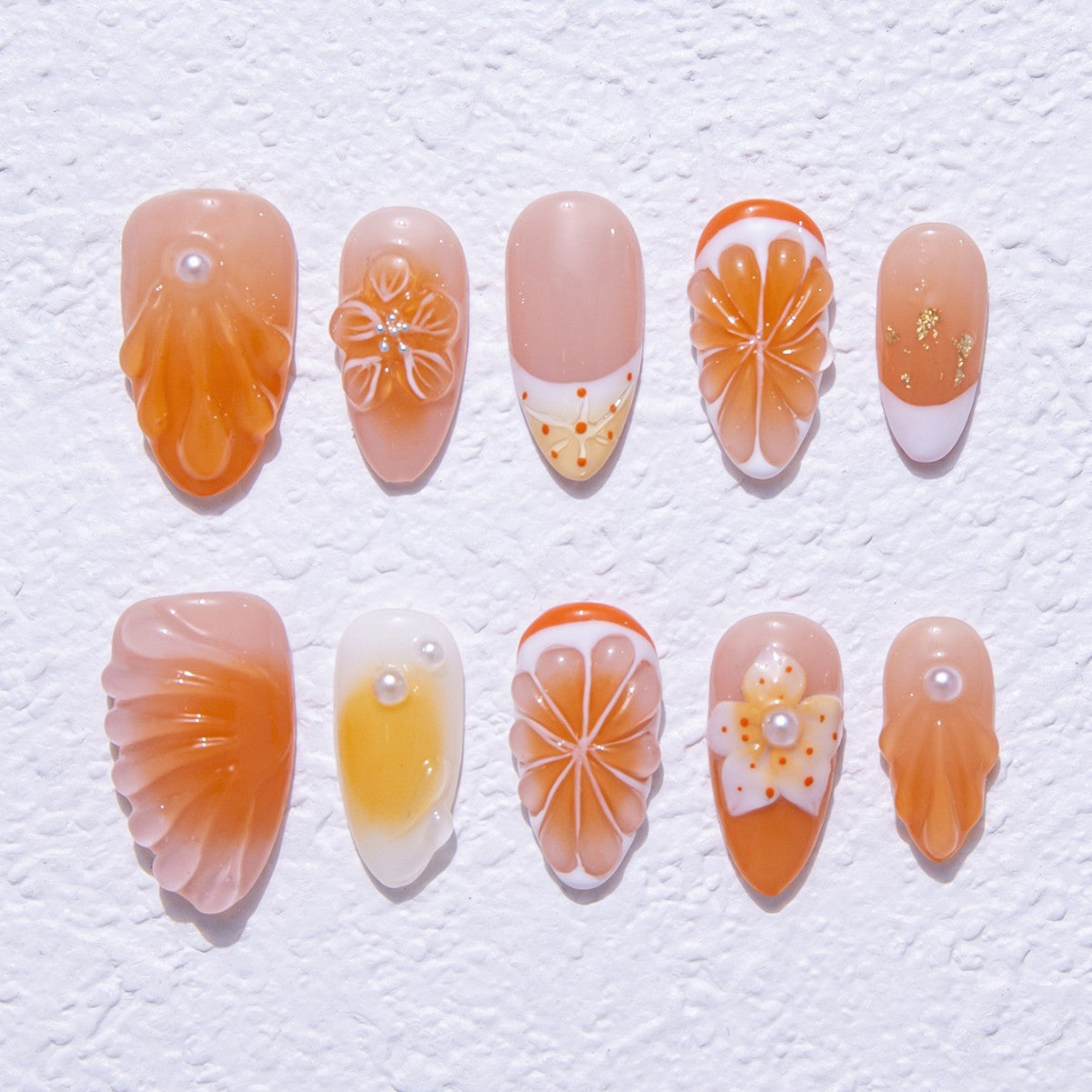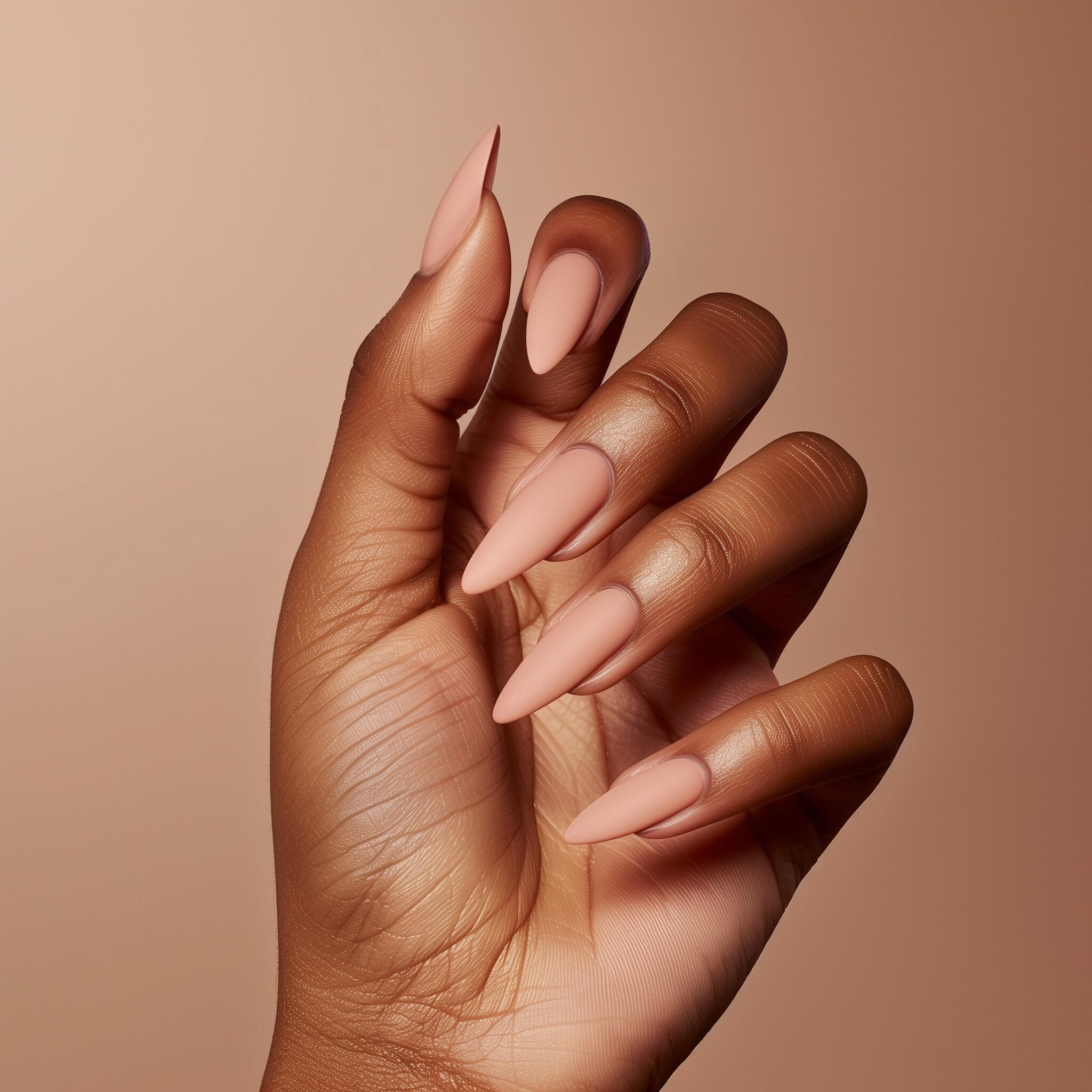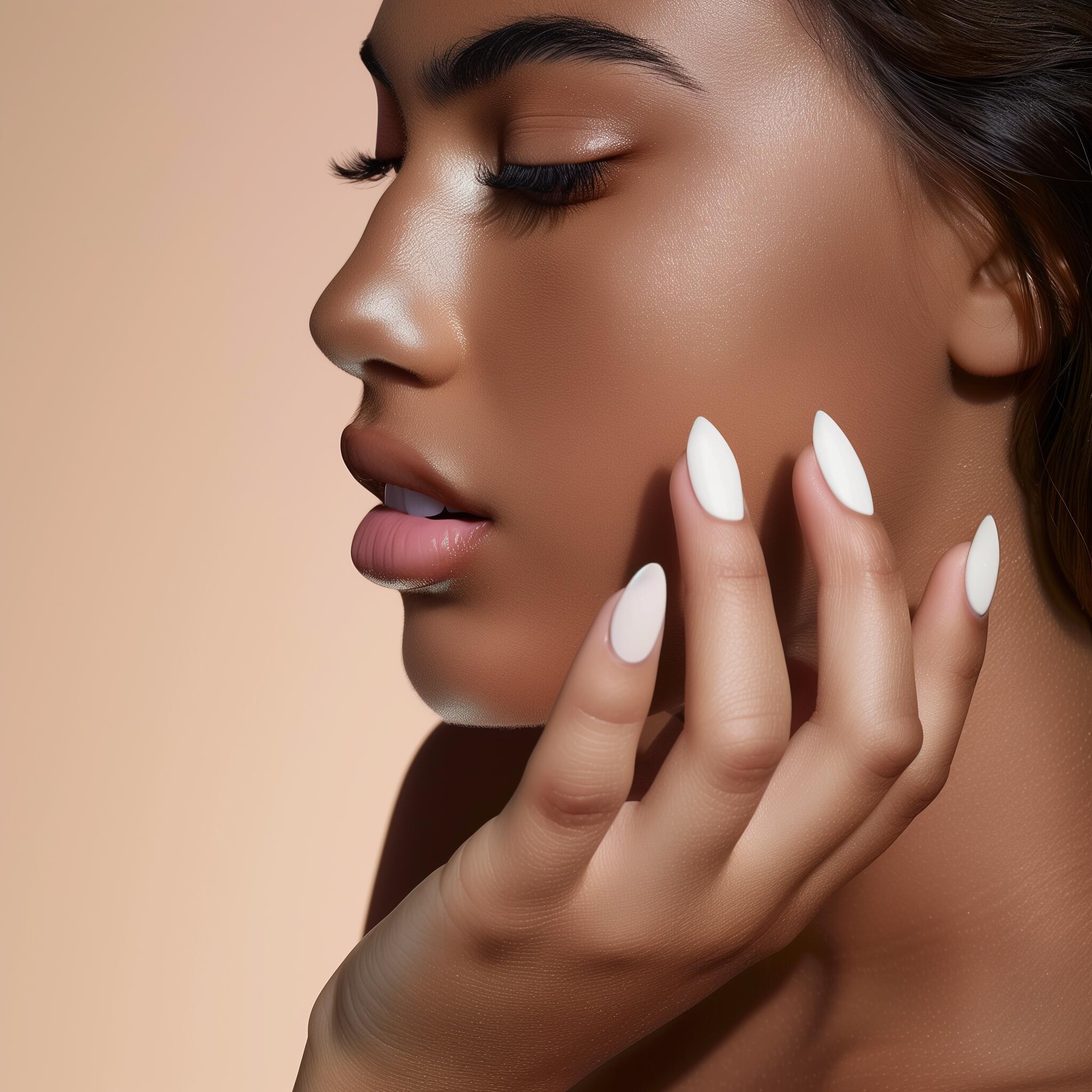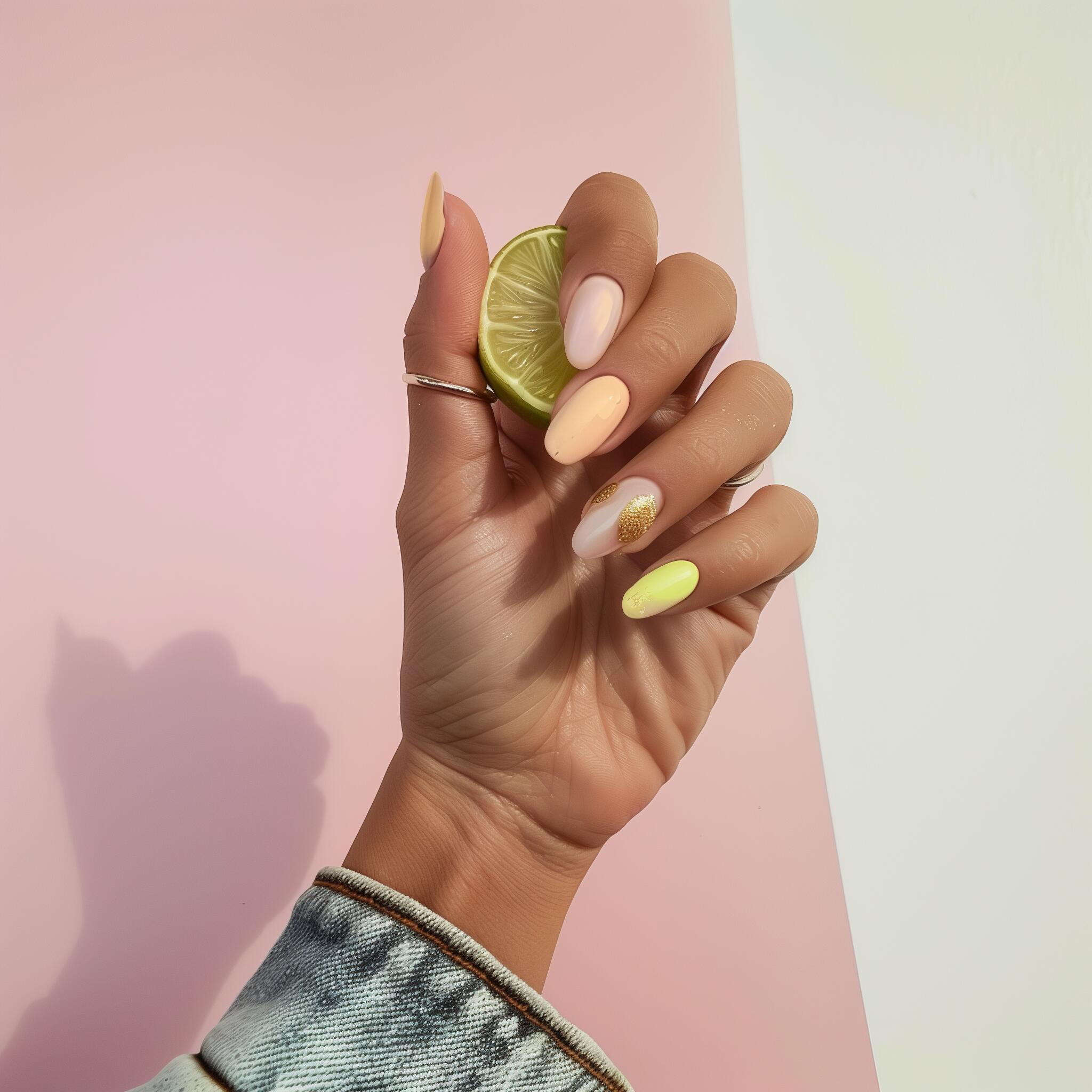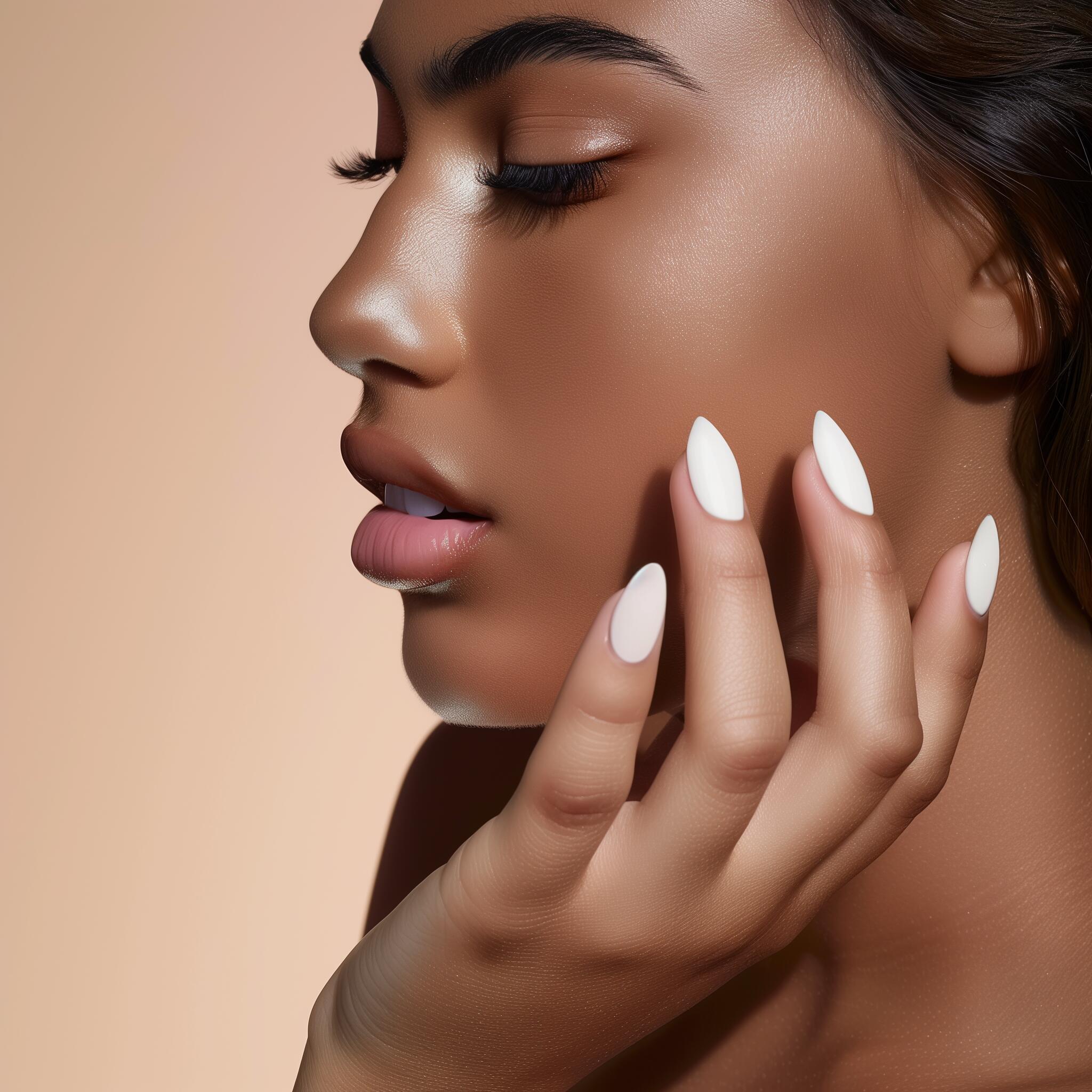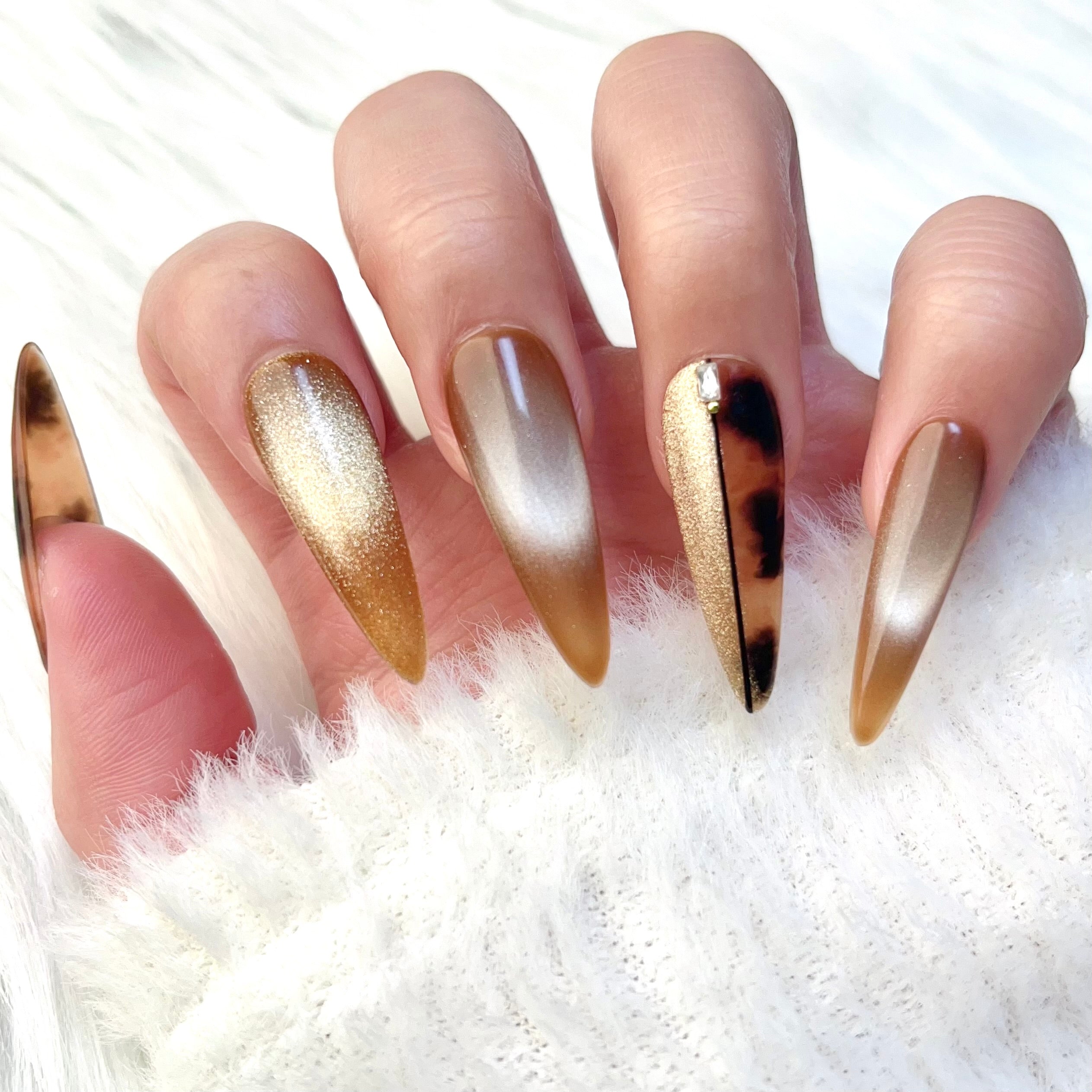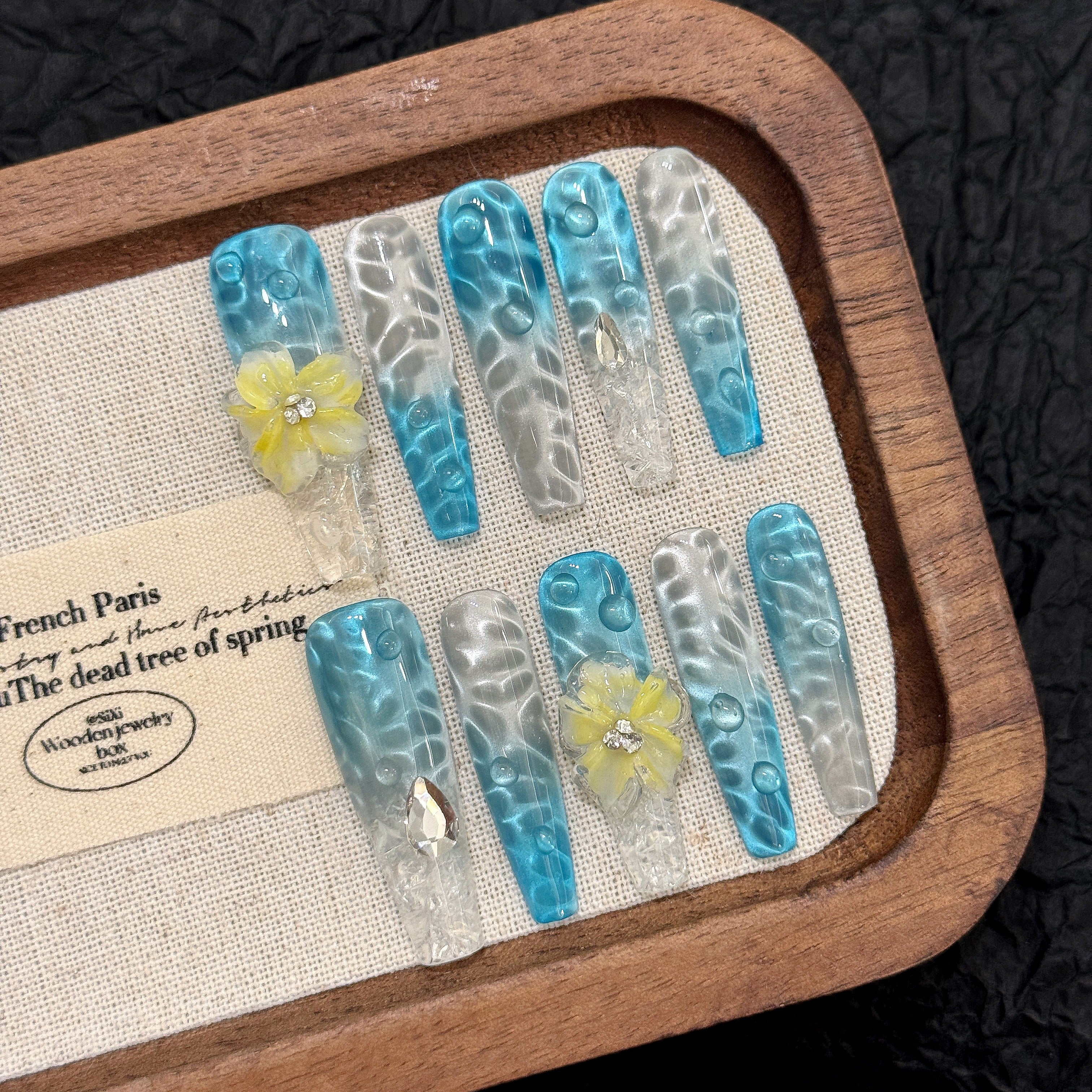
Emerging Trends Shaping Black Design in 2025
Designers notice big changes in black design for 2025.
- More than 80% of people using phones like dark mode now. This shows people are changing how they use their devices.
- Stores say there are 27% more black clothes for Spring and Summer 2025. Large brands are making most of these new items.
- Designers use tools like Design for Diversity™. These help stop bias and make everyone feel included.
The design community feels they must act fast because of these changes. The table below shows how these trends change daily work:
| Trend | Impact on Designers |
|---|---|
| Dark Mode Adoption | Brings new tech ideas and saves power |
| Retail Growth | Leads to new styles and products |
| Inclusion Frameworks | Helps fairness and self-awareness |
Key Takeaways
- Black design in 2025 mixes technology, culture, and caring for the earth. This helps make new and important work. Designers use AI and online tools to make projects special. They also work together more easily. Heritage motifs and storytelling help keep Black history alive. They also inspire young people. Eco-friendly materials and community projects show care for the planet. Design collectives and advocacy groups help Black designers. They also work for real fairness in design.
Digital Innovation

AI & Tech
Designers in 2025 use new technology to make their work stand out. AI-powered platforms help them create websites that feel personal and fresh. These tools can change colors, layouts, and even images based on what users like. Many designers now pick black backgrounds. This choice lets bright colors pop and makes every detail easy to see.
A lot of teams also care about the planet. They use sustainable web design. This means they write better code, choose eco-friendly hosting, and make sure their sites use less energy. Some designers add natural textures and earthy colors to their work. These choices show they want to help the environment and make their designs look modern.
Designers say, “AI lets us try new ideas fast. We can test bold looks and see what works best for our audience.”
Here is a quick look at the top tech trends in 2025:
| Trend | What It Means for Designers |
|---|---|
| Black Backgrounds | Brighter colors and bold shapes stand out more |
| AI-Powered Platforms | Personalizes websites and speeds up design |
| Sustainable Web Design 2.0 | Reduces energy use and helps the planet |
| Anti-Design & Experimental Layouts | Breaks old rules and makes sites feel unique |
Virtual Platforms
Virtual platforms change how designers work together. Many now use online spaces to share ideas and build projects as a team. These platforms let people from different places join in real time. Designers can show their work, get feedback, and make changes right away.
Some platforms use AI to suggest new styles or fix problems. Others help teams test how a design looks on different devices. Virtual platforms also make it easy to include everyone, no matter where they live. This means more voices and fresh ideas in every project.
Tip: Try using a virtual design platform for your next project. You might find new ways to work faster and smarter.
Cultural Reclamation
Heritage Motifs
Designers in 2025 like to use heritage in their work. They pick patterns, colors, and materials that link to their background. Many designers use African textiles like kente cloth. This fabric used to mean royalty. Now, it helps people remember their history. Some brands use Pan-African colors—green, yellow, red, and black—in logos and art. These colors show unity and pride.
- Portraits often show African people with traditional things. This helps everyone feel noticed and important.
- Small businesses use heritage motifs in their branding. This makes their products unique and helps customers feel a connection.
- Architects and artists team up to honor culture. For example, the Rwanda Cricket Stadium uses basket weaving in its look. The Makoko Floating School in Nigeria uses bamboo and wood, with murals by local artists.
Designers also care about the earth. They use local materials and save energy. This shows they respect both culture and nature.
Tip: Using heritage motifs can inspire young people and keep traditions going.
Storytelling
Storytelling is very important for cultural reclamation. Designers use many ways to share stories and take back their history. Quilting is one strong way. Each quilt tells a story, using fabric and patterns to remember the past.
- Trickster figures like Anansi and Eshu are in art and design. These characters show cleverness and strength, reminding people of their roots.
- Afrofuturism mixes science fiction with history. It lets designers dream of new futures and honor the past.
- Black feminist stories focus on the body, voice, and dreams. These stories help heal and fight old stereotypes.
- Some designers use counterstories and allegories. These stories challenge old ideas and help people see things differently.
The 2025 show "Embracing Blackness: Diasporic Realities" shows how artists use stories to reclaim their identity. The show celebrates many cultures and invites everyone to see Blackness as strong, creative, and always changing.
Sustainability
Eco Materials
Designers in 2025 want to help the planet. They pick materials that are good for the earth. Many use recycled fabrics, bamboo, and organic cotton. These materials save water and energy. Some designers use plant-based dyes for color. These dyes come from roots, leaves, and flowers. They do not pollute rivers or hurt animals.
Furniture makers are part of this too. They use old wood and metal from buildings. This gives new use to things that might be trash. Even packaging is better for the earth now. Brands use bags and boxes that break down fast. These do not leave waste behind.
Tip: Choosing eco-friendly materials helps the planet. It can also inspire others to do the same.
Community Initiatives
Communities are leading the way in green design. In Detroit, groups started Eco-D neighborhoods. These places have energy-saving homes and gardens. People work together to grow food and save power. They also build solar panels. HOPE Village has a farmers market and helps people use less energy at home. Yorkshire Woods adds solar lights and gardens. Southwest Detroit uses green roofs and solar power.
Other cities work together too. In Miami, SMASH helps keep homes safe from storms. They use land trusts so families can stay in their homes. In New Orleans, the Climate Resilience Initiative helps people plan for floods and heat. Chicago’s BUGS program teaches people to be urban farmers. These projects show teamwork can solve big problems.
- Environmental Justice Initiative in Detroit fights for clean air and water.
- Lowcountry Alliance in Charleston supports green living.
- Philadelphia’s Green Infrastructure Initiative builds parks and rain gardens.
- Atlanta’s Sustainable Communities Initiative brings neighbors together for a cleaner city.
These actions show that real change starts with people who care about their homes and each other.
Community & Collaboration
Design Collectives
Design collectives are important in black design today. These groups help designers meet and share ideas. They also support each other and make new things together. Some well-known groups are:
- Black Design Collective: This group helps Black designers meet, learn, and grow in their jobs.
- Black Artists + Designers Guild: They help Black artists and designers from many places get noticed.
- Black Design Magazine: This magazine tells stories and shares projects from Black creatives.
- Organization of Black Designers (OBD): OBD helps Black designers get seen and supported. They give advice, help people meet, and teach new skills.
Groups like WEUSI and OBD make spaces for Black culture and design to stand out. Harvard’s Black In Design conference lets Black designers meet and share ideas. These collectives help change how design is taught. They make sure Black voices are heard. Designers like Antionette Carroll and Hadiya Williams use their work to help others and ask for social change.
When designers team up, they can question old ways. They can also help make design more fair and creative.
Grassroots Projects
Grassroots projects start in local places and help a lot. These projects give Black artists and designers places to learn and share their work. Here are some examples:
| Project Name | Description | Impact on Black Design Communities |
|---|---|---|
| Nia Centre for the Arts | Canada’s first Black arts center in Toronto. It gives space and help to Black artists. | Helps people learn skills, grow in their jobs, and show their art. It also gives more chances to be seen. |
| African Canadian Affordable Housing Village Hub | A place with shared work and art spaces for stories and art. | Builds Black-led spaces for culture and wealth. It helps people grow and brings the community together. |
| SoundCheck Youth Arts | A safe place for Black youth musicians in Toronto to learn and get help. | Makes it easier for youth to learn music and get stronger. |
| St. Clare Black Moms | Puts Afro-centric dolls in classrooms to help kids see themselves. | Helps young kids feel included and see positive images. |
| Delmore “Buddy” Daye Learning Institute | A place in Halifax for Africentric learning, meetings, and art shows. | Helps people understand culture and celebrate Black success. |
These projects show that working together helps black design grow. They help people learn, tell their stories, and make their communities stronger.
Afrofuturism
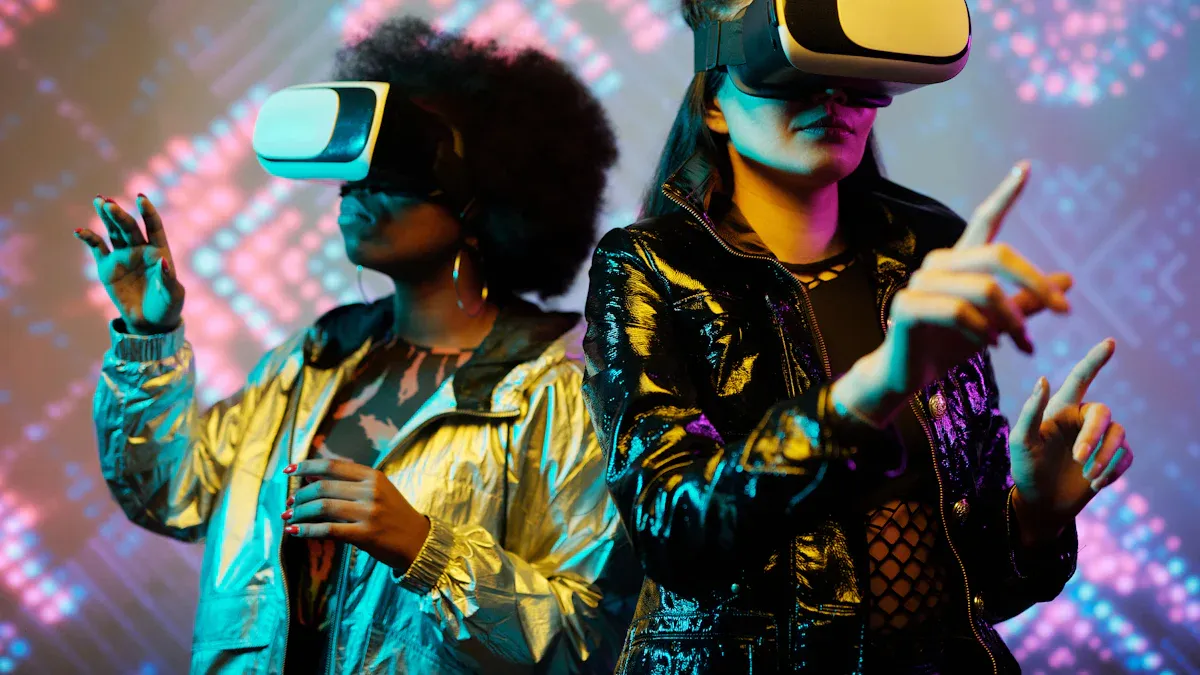
Aesthetics
Afrofuturism brings a bold new look to design in 2025. Designers mix technology, science fiction, and African heritage to make fresh styles. Many use dark colors like black, navy, or deep purple. These colors make rooms feel like movie sets. Some designers pick furniture with smooth, fast shapes. These pieces look modern and also show African roots.
You might see glowing lights or chandeliers shaped like spaceships. Artists mix natural and digital things in their work. For example, they put cosmic patterns on ceilings or tribal designs that look like the night sky. Digital art shows cyber-queens and space warriors. These mix old traditions with dreams of the future.
Afrofuturism lets designers imagine new ways Black identity can look. They use recycled materials and new tech like 3D printing. This gives old artifacts a cool, modern twist.
Many art shows, like "Afrofuturism: A History of Black Futures," celebrate these styles. Each piece tells a story about hope, freedom, and shaping the future.
Influence
Afrofuturism changes more than just style. It shapes how people think and work together. Designers use it to put Black voices and real stories first. They ask young people to share their ideas for the future with art, comics, and paper models.
Projects like the Three Cities project use Afrofuturism to solve real problems. Teams use real-life stories and design to fight unfairness and make public services better. This way does not ignore racism. Instead, it works for results that help Black communities do well.
- Co-creation is key in Afrofuturism. Designers and community members work together.
- This method questions old ideas and makes room for new ones.
- Art, shows, and digital media start public talks and can even change rules.
Afrofuturism gives designers a strong tool. It helps them dream of better futures and make real changes now.
Advocacy & Equity
Representation
Representation in design is very important in 2025. Many Black designers want more than just talk about diversity. They want real changes to happen. Leaders now try to hire and help Black designers grow. Groups like Miller Knoll’s Diversity in Design and Useful School help new designers start. These groups give support and teach new things.
But there are still problems. Black designers often do not have many mentors. They can feel alone at school or work. Some worry people see them as tokens, not real creators. Designers like Eddie Opara and Zariah Cameron talk about these hard times. They also share good news, like better mentors and more chances to lead.
- More Black designers are now leaders.
- The book "The Black Experience in Design" inspires others and asks for fairness.
- Industry leaders now care about real work and true authorship, not just numbers.
“We need to see ourselves in the work and in the room,” says one designer. This push for real representation helps the next group of designers feel inspired.
Policy & Support
Policy changes and support help shape design’s future. New data from the Data Equity Coalition shows why strong rules matter. The group found that better data helps find health problems in Black communities. Even with new rules, many problems are still there. Without good data, it is hard to fix big issues.
The Race to Equity 10-Year Report from Dane County shows how policy can help. The report says listening to Black voices and using antiracist ideas brings better results. Over ten years, more groups now focus on lived experience. They also push for fair rules and support for Black designers.
A table shows some key changes:
| Policy Focus | Impact on Equity |
|---|---|
| Better Data | Finds hidden problems |
| Community Voices | Makes fairer rules |
| Antiracist Policies | Breaks down old barriers |
The Economic Policy Institute says Black workers still face wage gaps and more job loss. These facts show why strong support and fair rules are needed. Community-led work and new rules help the industry move toward real fairness.
Black Design Impact
Global Influence
Black design changes creative work all over the world. People see its effect in fashion, music, movies, and digital art. Cities like Lagos, Nairobi, and Johannesburg are now creative centers. Designers from these cities bring new ideas to big brands. They inspire many others.
- In 2015, creative jobs in Africa and the Middle East helped about 2.4 million people. These jobs made $58 billion.
- Nollywood is Nigeria’s movie industry. It makes about 2,500 movies each year. This industry is worth billions of dollars.
- Digital music streaming is growing fast in Africa. Boomplay is a Nigerian music app with 60 million users. Most songs played are African music.
- Big companies like Spotify and Netflix now share African music and movies with the world.
- More money is going into African creative jobs. The African Continental Free Trade Area helps trade art and music between countries.
Black designers use technology to reach more people. They show their work online and talk to fans everywhere. Their designs tell new stories and change how people see Black culture.
Black design brings new voices and ideas to the world. It helps shape how people think about art, style, and community.
Leading Figures
Many skilled people lead black design today. They work in fashion, building design, digital art, and more. The 2025 Met Gala has the theme "Tailored for You." It celebrates Black style and honors Black dandyism. Designers like Grace Wales Bonner use fashion to explore Black identity in new and old ways.
Nu Goteh is a National Design Award winner. He uses his Liberian roots in his work. His studio Room for Magic and Deem Journal connect design with culture and social change. He has worked with groups like the Art for Justice Fund and the Ford Foundation.
Here are some other important names:
| Designer Name | Notable Contributions |
|---|---|
| Charles Dawson | First Black student at Art Students League NY; curated major art exhibitions |
| Aaron Douglas | Harlem Renaissance artist; created murals and founded an art department |
| LeRoy Winbush | First Black president of Art Directors Club Chicago; designed for major fairs |
| Antionette Carroll | Founder of Creative Reaction Lab; advocates for equity-centered community design |
| Jewel Burks | Tech entrepreneur; founder of Partpic; supports underserved communities |
| Hassan Rahim | Self-taught artist; worked with Nike and other big brands |
Events like the Black in Design conference and shows at the Ford Foundation Gallery honor these leaders. They show how black design keeps growing and inspires new people.
Black design in 2025 is special because it mixes old traditions, new looks, and earth-friendly ideas. Designers pick bright colors and shapes from nature. They also share their own stories to make spaces feel warm. They care about making things easy for everyone to use. Designers work together and use smart tools like AI. To stay up to date, designers can use systems with different parts, try more colors, and use templates to keep things the same. For more tips, you can look at books, museum shows, and groups like NOMA or IIDA.
FAQ
What makes Black design in 2025 different from past years?
Designers use more technology and eco-friendly materials now. They tell bold stories about culture. Designers work in groups and care about fairness. These changes help Black design stand out. More people notice and enjoy their work.
How does Afrofuturism show up in design today?
Afrofuturism mixes African roots with ideas about the future. Designers use dark colors and glowing lights. They add digital art to their work. Their spaces and products feel modern and show Black culture.
Why do design collectives matter?
Design collectives help Black designers share ideas and support each other. These groups give members places to learn and grow. People can show their work in these spaces. Many new trends start in these groups.
How can someone support Black designers?
People can buy from Black-owned brands or share their work online. Joining events like the Black in Design conference helps too. Even a simple shoutout on social media spreads the word.
What is one easy way to make design more inclusive?
Tip: Try using tools like Design for Diversity™. These tools help find bias and make everyone feel welcome.
